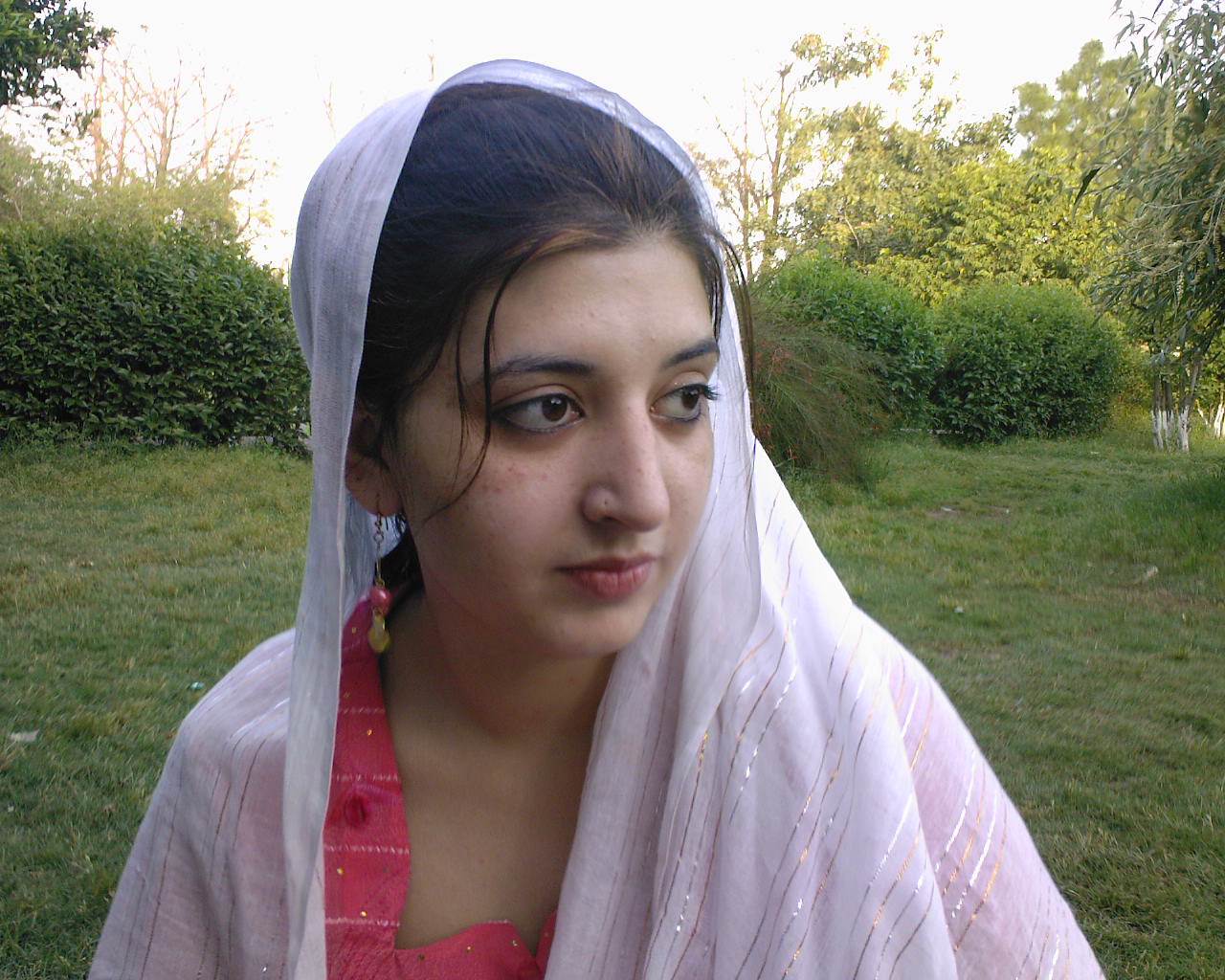
Understanding “Rishta”
“Rishta” is a term deeply rooted in our culture. In families, it represents a bond or connection between relatives. Among friends, it can be described as a strong emotional link. In the context of marriage, “Rishta” refers to a proposal or matrimonial alliance, typically initiated by either the bride’s or groom’s family.
Procedure for Zaroorat-e-Rishta in Pakistan
Finding a suitable match in Pakistan, especially through formal rishta setups, can often feel like a repetitive and emotionally draining process. Instead of fostering love, it ends up testing the patience of both parties involved.

1. Photo Exchange – First Impressions Matter
The rishta process often begins online, with platforms like Get Rishta playing a significant role. Families exchange pictures of the prospective bride or groom. These pictures are expected to meet a certain standard — full-body shots as well as clear facial close-ups. These images play a crucial role, as many decisions are based solely on appearance.
2. Background Checks – Knowing the Details
Once the pictures are approved, detailed information about the individual is shared. This includes education, family background, physical appearance, caste, and more. Unfortunately, many proposals end right after the photo exchange, based on superficial judgments about skin tone, height, or weight. While both genders face this bias, women often face more scrutiny.
3. Meeting the Girl’s Family – The Traditional Chai Scene
If both families agree on proceeding, the boy’s side visits the girl’s home — famously known as the chai meet-up. This gathering is intended to see if the person looks the same in reality as in photos. The girl is subtly (and sometimes openly) observed by the groom’s family, especially the mother.
4. The Waiting Game
If you’re the girl, this is where the uncertainty begins. If the boy’s family is interested, they will contact you. If not, there’s usually silence — no formal rejection, just disappearance. If the proposal moves forward, the girl’s family will visit the boy’s home to assess whether he is suitable as a future husband.

5. Further Interactions – Digging Deeper
If both families are satisfied, more meetings are arranged. Sometimes the potential bride and groom are allowed to meet directly or talk over the phone to gauge compatibility. However, this step is not guaranteed.
6. The Dowry Discussion – An Unfortunate Tradition
Once both sides give a nod of approval, the topic of dowry may arise. Dowry typically includes money, furniture, household items, and more — provided by the bride’s family to the groom’s side. While dowry should not be demanded, it still exists as a cultural expectation in many families, often masked as “security” or “gifts.”
Conclusion
The Zaroorat-e-Rishta process in Pakistan reflects a mix of tradition and modernity. While it aims to connect two people for a lifelong bond, it often becomes a superficial exercise driven by appearances and outdated customs. It’s time we shift the focus from unrealistic standards to genuine compatibility and mutual respect.
